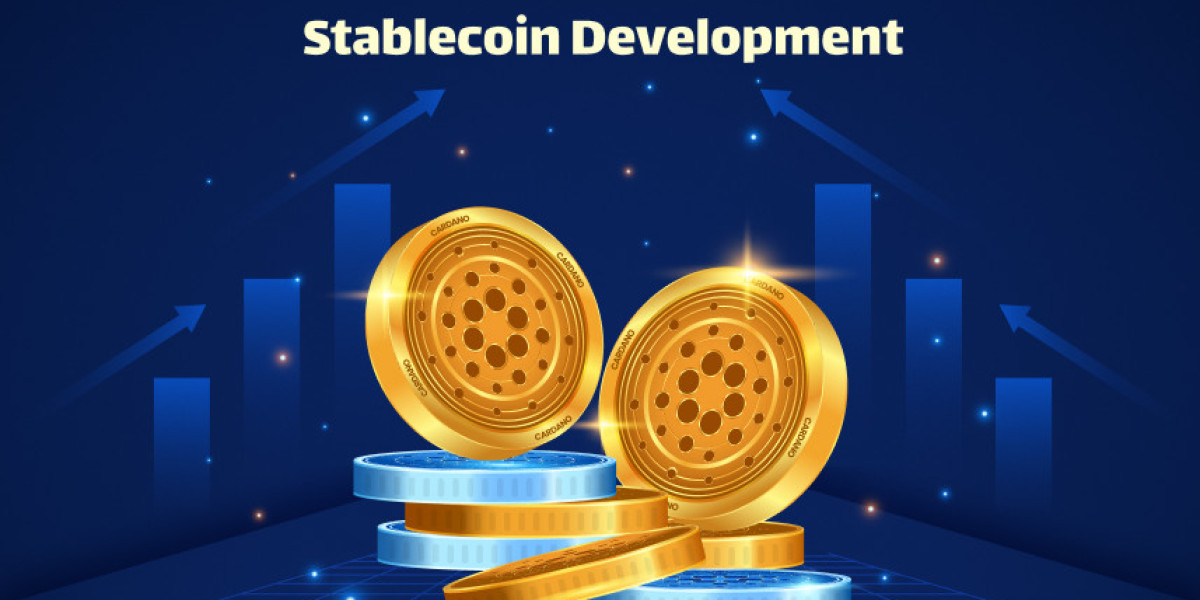From facilitating cross-border payments to ensuring price stability in volatile markets, stablecoins are redefining how value is stored, transferred, and measured in blockchain ecosystems. As tokenized assets — ranging from real estate and equities to artworks and carbon credits — gain momentum, stablecoins provide the liquidity, transparency, and interoperability that make these digital representations more functional and accessible
Understanding Stablecoins: The Bridge Between Fiat and Crypto
Stablecoins are digital tokens whose value is pegged to traditional currencies (like the USD, EUR, or GBP), commodities (such as gold), or even algorithmic rules designed to maintain price stability. Unlike cryptocurrencies such as Bitcoin or Ethereum — which can be highly volatile — stablecoins offer a "safe zone" of predictable value within the blockchain ecosystem.
There are three primary types of stablecoins:
Fiat-collateralized stablecoins: Backed 1:1 by fiat currencies (e.g., USDC, USDT)
Crypto-collateralized stablecoins: Backed by other cryptocurrencies, often with over-collateralization (e.g., DAI).Algorithmic stablecoins: Maintained by smart contract algorithms adjusting supply and demand (e.g., FRAX)
The core strength of stablecoins lies in their ability to merge the speed, transparency, and decentralization of crypto with the familiarity and stability of fiat. They enable seamless digital payments, quick remittances, and DeFi transactions without the headaches of value fluctuation
This is where stablecoin development services come into play. As the demand for custom stablecoin solutions grows across sectors — from fintech startups to real estate tokenization platforms — businesses increasingly turn to expert development firms to launch compliant, secure, and interoperable stablecoins tailored to their unique use cases
What Are Tokenized Asset Markets?
Tokenized asset markets refer to platforms and ecosystems where real-world assets are represented on the blockchain as digital tokens. These tokens hold rights to physical or intangible assets and can be traded, stored, or divided with unprecedented ease
Some of the most common tokenized asset categories include:
Real estate: Tokenized ownership in commercial or residential properties
Securities: Digitized shares of companies or bonds
Commodities: Token-based access to physical goods like gold, oil, or agriculture
Collectibles and art: NFTs representing high-value artwork or rare items
Intellectual property: Fractionalized IP rights and royalties
The benefits of tokenization are massive: increased liquidity, fractional ownership, reduced barriers to entry, lower transaction costs, and 24/7 global trading. As this market matures, stablecoins are becoming indispensable as both a medium of exchange and a unit of account within these digital marketplaces.
Why Stablecoins and Tokenized Assets Make the Perfect Pair
Here are key reasons why stablecoins are playing a growing role in the rise of tokenized asset markets:
1. Enabling Instant, Cost-Effective Transactions
Traditional banking systems are slow, often taking days for cross-border settlements. In contrast, stablecoins enable near-instant settlement at a fraction of the cost. In a tokenized asset marketplace, this means users can purchase, sell, or swap assets with reduced friction and latency — especially across different jurisdictions.
2. Mitigating Volatility
Stablecoins protect traders and investors from the wild price swings typical in crypto markets. This stability is especially crucial in tokenized real estate or commodities, where assets are tied to real-world valuation models.
3. Serving as On-Ramps and Off-Ramps
Stablecoins facilitate smoother transitions between fiat and crypto ecosystems. Investors can convert fiat into stablecoins, use them to buy tokenized assets, and exit the market with stablecoin payouts — all without needing to touch volatile cryptocurrencies.
4. Automated Smart Contract Settlements
In tokenized marketplaces, smart contracts often govern transactions and ownership transfers. Stablecoins provide a programmable, stable medium of payment that can trigger these contracts reliably and without delays.
Use Cases in the Real World
Several industries and platforms have begun to leverage the synergy between stablecoins and tokenized assets. Some compelling examples include:
● Real Estate Tokenization
Companies are using stablecoins like USDC to facilitate the purchase of tokenized property shares. Investors from around the world can buy into fractional real estate projects with low capital, eliminating traditional red tape.
● Securities and Equity Markets
Tokenized shares and dividends can be issued and paid out in stablecoins, making investment processes faster and more transparent. This is particularly useful for cross-border investors in private equity deals.
● Supply Chain and Commodities
Commodities such as coffee or gold are increasingly being tokenized. These tokens can be traded globally, with stablecoins used to settle purchases instantly, reducing the need for international banking intermediaries.
● DeFi Platforms and Collateralization
Tokenized assets are also entering DeFi platforms as collateral. Stablecoins, in turn, serve as borrowable assets or rewards, enabling sophisticated financial strategies like yield farming and liquidity provisioning.
Challenges and Considerations
Despite their promise, the integration of stablecoins into tokenized asset markets is not without challenges:
Regulatory Oversight: Different jurisdictions view stablecoins differently — some as securities, others as commodities. Ensuring compliance is essential for any business launching or accepting stablecoins.
Centralization Concerns: Many fiat-backed stablecoins rely on centralized issuers. This contradicts the decentralization ethos of blockchain and poses risks related to censorship or mismanagement.
Transparency and Auditing: Users demand proof that stablecoins are fully backed and reserves are regularly audited. Poor practices can lead to loss of trust and market instability.
Interoperability Issues: Tokenized platforms often operate on different blockchains. Stablecoins need to be compatible across these ecosystems or use bridging solutions.
The Regulatory Outlook
Governments and regulatory bodies are increasingly warming up to the concept of stablecoins — especially when used in enterprise or tokenized environments. The European Union’s Markets in Crypto-Assets (MiCA) regulation and the U.S. discussions around the Stablecoin TRUST Act signal a growing willingness to define and embrace stablecoins within legal frameworks.
Meanwhile, asset tokenization development firms are working closely with legal experts to ensure compliance across jurisdictions. These developers build features like KYC/AML compliance, automated tax reporting, and digital identity verification into tokenized platforms — reinforcing trust among regulators and users alike.
The Future of Stablecoins in Tokenized Ecosystems
As blockchain matures, the combined growth of stablecoins and tokenized assets is poised to redefine global finance. Here’s what we can expect in the next few years:
Mass Adoption by Institutions: Traditional banks, asset managers, and investment funds are experimenting with stablecoins to streamline operations and reach global markets.
Stablecoin Yield Markets: New financial products will offer yield opportunities through staking or lending stablecoins, especially those used in tokenized collateral or payment systems.
Programmable Money: Smart contracts using stablecoins will automate rent payments, insurance claims, and loan settlements in tokenized formats.
Green Finance: With carbon credits and ESG assets being tokenized, stablecoins can simplify their trade while ensuring traceability and impact verification.
Final Thoughts
The rise of stablecoins and tokenized asset markets signals a deeper shift in how we conceptualize, trade, and interact with value. Stablecoins provide the liquidity and reliability needed to make tokenized assets practical and scalable. Together, they are laying the foundation for a more inclusive, transparent, and efficient financial system — one where ownership and access are no longer limited by geography or wealth.
As adoption grows, the demand for tailored blockchain solutions is rising. From designing asset-backed tokens to launching regulated stablecoins, expert partners are crucial to success. Companies seeking to make an impact in this evolving space must collaborate with leaders in both stablecoin development services and tokenization technologies.






